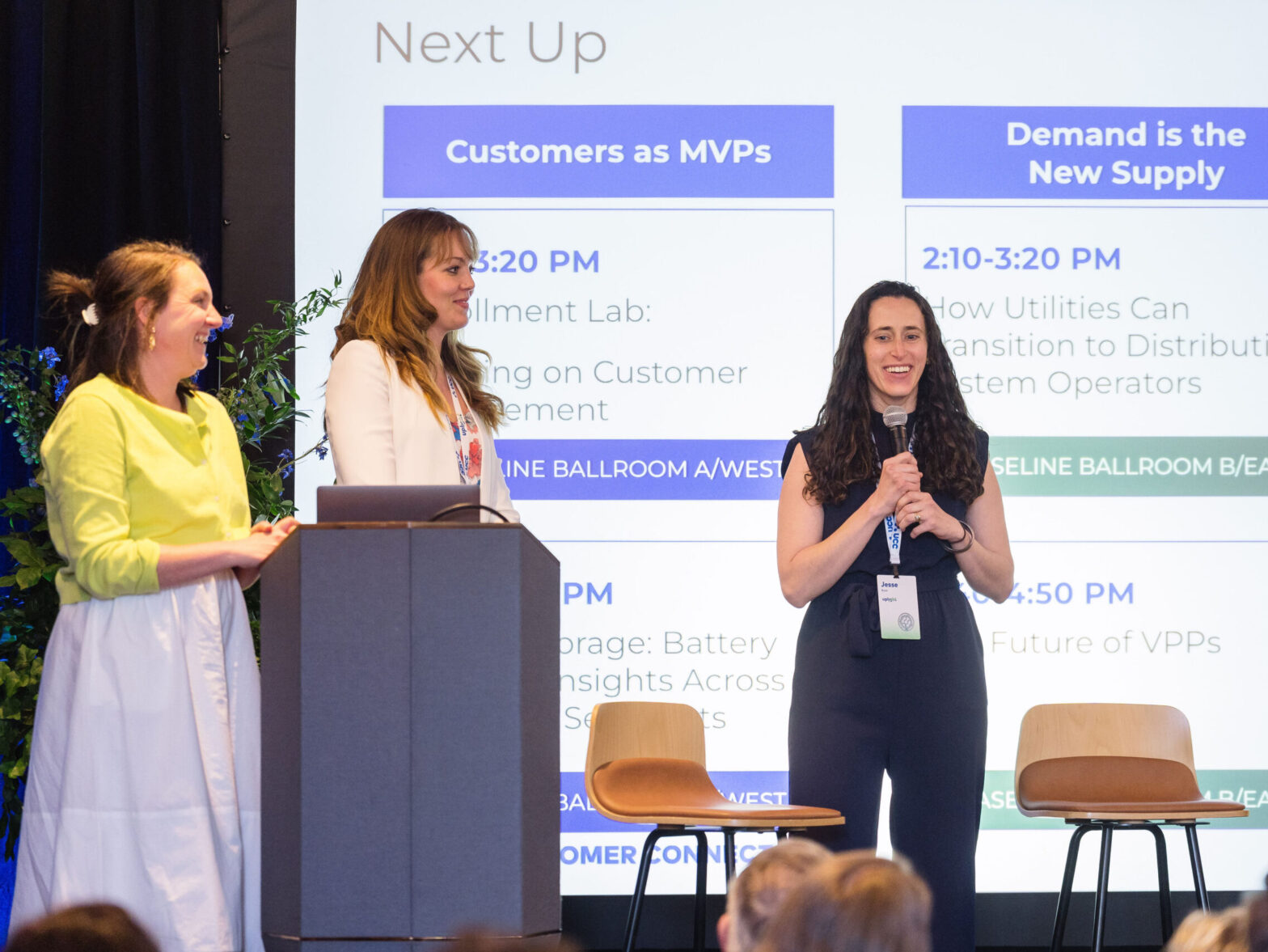Rates are an important tool for utilities to load shift, get to decarbonization, and manage the increasing amounts of distributed energy resources on the grid. However, many customers either don’t know about alternate rate structures or are confused by them. This summer Smart Energy Customer Collaborative (SECC) conducted an online survey of 2,013 American energy decision-makers to better understand what customers know about different rate plans and what their perceptions and preferences are.
Overall, the research found that residential customers see their utilities as the most trustworthy source of information for rate plans. Yet, most customers aren’t paying attention. 40% of customers said they don’t look at the different charges on their bill. Three in ten say they have a choice of rate plans, but a similar number don’t know if they do or not, and many feel they have no choice at all in their rate. Only 40% say they are either extremely or very satisfied with their rate plan.
Other takeaways include:
- Billing is a touchy subject. Many people fundamentally dislike and are skeptical about their electricity bills. While bills can be helpful for customers to understand how they are using energy and how they might save, these benefits need to be front and center for the customer. If a bill is too confusing, a customer isn’t going to spend the time deciphering it.
- No one type of rate plan attracts a majority. Fixed rate (budget billing) and flat rate plans have the biggest appeal because they are predictable–a big priority for customers. Yet, time of use (TOU) rates provide more control, especially if a utility provides household-specific rate comparisons and opportunities to model bill impacts of load shifting under TOU rates at enrollment and coaches the customer on the best time to use energy. Communicating the value of each plan in a way that resonates with customers is key.
- Most customers were not interested in prepaid billing even though it can increase bill predictability and shield against inflation–highlighting a big knowledge gap for this rate type.
- The Green Power name evoked more negative than positive responses. 39% couldn’t justify spending more on their bill, while one-third said that a Green Power plan was an excuse to raise rates. For customers to adopt these types of rates, more education is needed.
The research revealed that rates are a personal choice. One customer may benefit from a subscription bill while another might enjoy a TOU rate with free or discounted nights and weekend rates. However, customers need to be given the full range of options and be able to visualize the impact to their bill to make an informed decision. And once a customer is on a new rate, their utility can help them get the most out of it so they don’t end up with any bill surprises.
Read the full report here.




